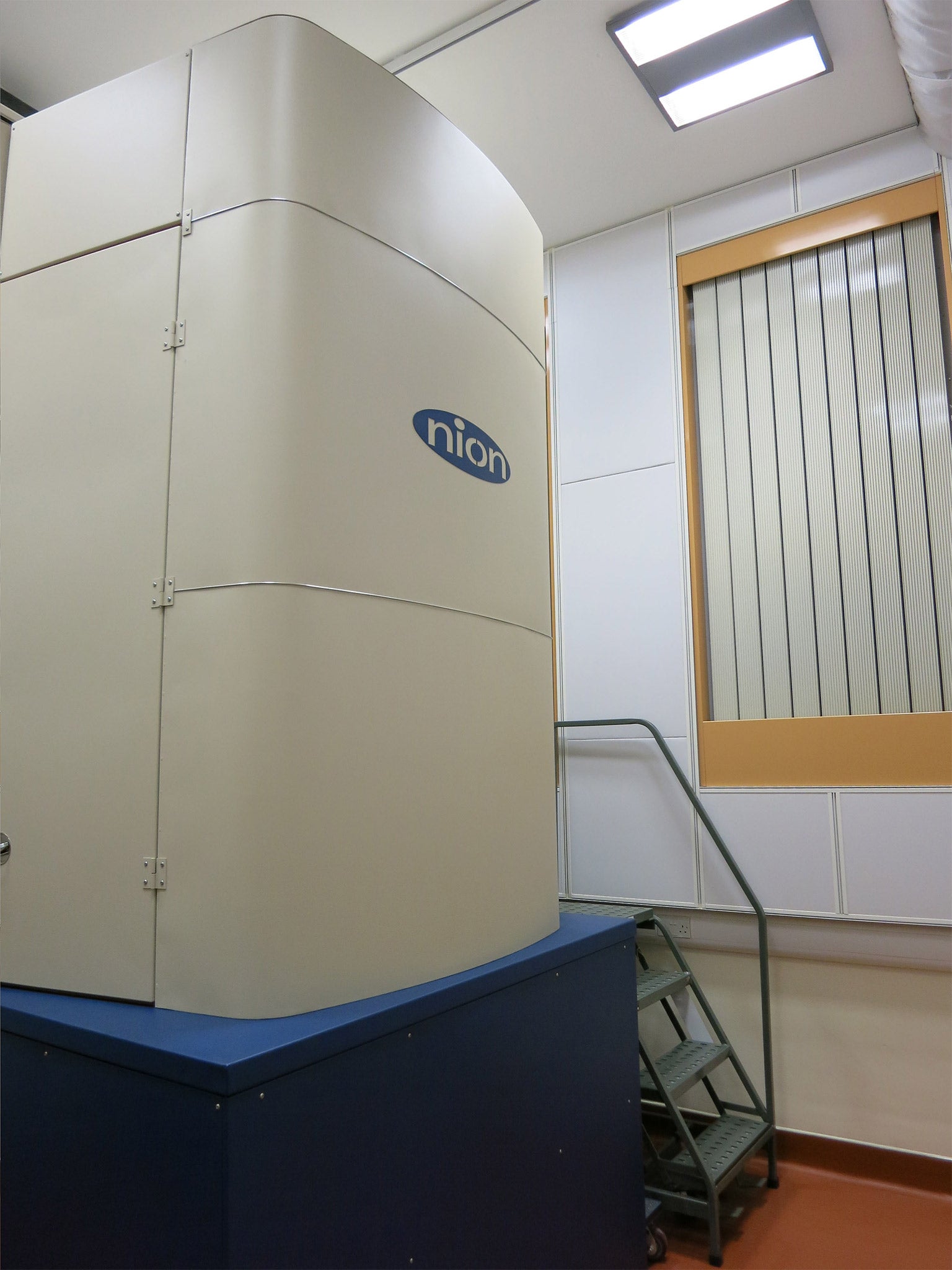Super-powerful new microscope will scan objects a millionth of a human hair
It is 100 times better than those commonly found in British universities

Your support helps us to tell the story
From reproductive rights to climate change to Big Tech, The Independent is on the ground when the story is developing. Whether it's investigating the financials of Elon Musk's pro-Trump PAC or producing our latest documentary, 'The A Word', which shines a light on the American women fighting for reproductive rights, we know how important it is to parse out the facts from the messaging.
At such a critical moment in US history, we need reporters on the ground. Your donation allows us to keep sending journalists to speak to both sides of the story.
The Independent is trusted by Americans across the entire political spectrum. And unlike many other quality news outlets, we choose not to lock Americans out of our reporting and analysis with paywalls. We believe quality journalism should be available to everyone, paid for by those who can afford it.
Your support makes all the difference.A new super-powerful electron microscope that can examine objects a million times smaller than a human hair is to be unveiled today.
The £3.7m device, dubbed SuperSTEM 3, is one of only three of its kind in the world and will be the first in the UK.
With an energy resolution of 10 millielectron volts, the microscope is the most powerful tool capable of producing highly accurate graphical images of atoms, and is 100 times better than those commonly found in British universities.
It will be sited at the Engineering and Physical Sciences Research Council (EPSRC) SuperSTEM facility at the Daresbury laboratory complex in Cheshire. It was constructed in the US, where the other two microscopes are currently based.
Scientists are hoping to harness this new technology to more closely identify atoms and observe the strength of bonds between them in a host of different materials – such as graphene – which is notoriously difficult to examine in this way.
The new technology may be particularly useful for advancing research in fields such as material sciences and power generation, as well as having applications in health and environmental research.
The Minister for Universities, Science and Cities, Greg Clark, said: “From developing new materials for space travel to creating a better, cheaper treatment for anaemia, this new super-powerful microscope lets UK scientists examine how materials behave at a level a million times smaller than a human hair. This exciting research will help lead to breakthroughs that will benefit not only our health but the environment too.”
Professor Philip Nelson, chief executive of the EPSRC, said the facility at Daresbury “has already delivered us new knowledge and applications, and this new equipment will continue that pedigree”.
The ESPRC is the UK’s main agency for funding research in engineering and physical sciences, investing around £800m a year in research and postgraduate training. The SuperSTEM facility is supported by a network of collaborating universities, including Leeds, Glasgow, Liverpool, Manchester and Oxford.
Join our commenting forum
Join thought-provoking conversations, follow other Independent readers and see their replies
Comments